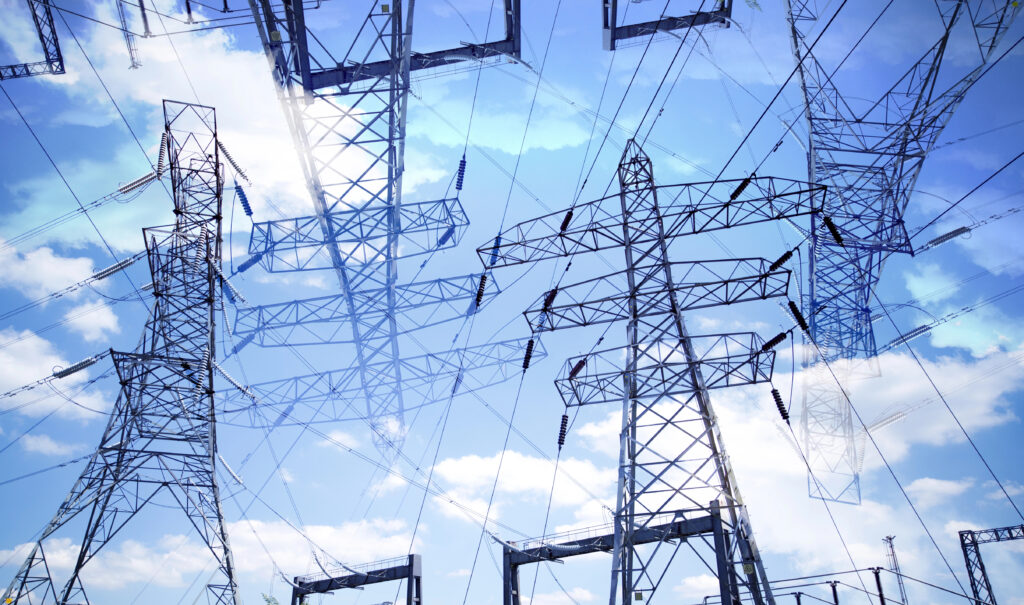
It’s no secret that the U.S. electricity grid needs major upgrades to support heightened energy demand from electrification and access to new, renewable energy. The Working for Advanced Transmission Technologies (WATT) Coalition and Advancing Modern Powerlines (AMP) Coalition recently released a report discussing how Advanced Transmission Technologies (ATTs) can cost-effectively improve transmission build speed, capacity, and resilience. Though long commercially proven to be beneficial and reliable, these technologies are not yet the norm for grid updates.
Let’s take a look at the three main ATT categories:
- Grid Enhancing Technologies (GETs): GET hardware and software can improve the safety, efficiency, reliability, and capacity of the existing transmission grid. For example:
- Whereas in the past utilities used static assumptions to determine transmission capacity, Dynamic Line Ratings (DLR) technologies automatically evaluate line behavior to predict and calculate actual transmission capacity. These upgrades allow lines to transmit significantly more electricity over time.
- Advance Power Flow Control (APFC) devices electronically change how power flows through the energy system . These modular options are more easily accessible and more cost effective than traditional power flow control solutions.
- Grid operators have historically had to manually reconfigure the grid; now, Topology Optimization software can automatically evaluate grid operations and help grid operators more efficiently redirect power flow.
- High-Performance Conductors (HPCs): These conductor technologies are designed to perform better than traditional aluminum-conductor steel-reinforced and steel-supported lines. Carbon/Composite Core Conductors, for example, sag less when superheated, improving efficiency and doubling transmission capacity. Superconductors cool using liquid nitrogen, allowing for higher transmission temperatures and increased capacity without line sag.
- Other ATTs include options like Storage-as-Transmission, which uses batteries on the grid to help manage loads. Rather than building a new transmission line, batteries can control the flow of power, deferring or offsetting capacity changes and efficiently shifting the time of power delivery.
As we work toward a stronger energy future, it’s essential that transmission owners consider the major upsides to these options:
- Cost Savings and Faster Upgrades: Existing grid deficiencies waste money and valuable time, slowing access to new, lower-cost energy sources. Deploying ATTs can more rapidly help alleviate grid congestion; compared to the decade-long time span of traditional transmission upgrades, ATTs can be completed in one-to-three years. These technologies are also proven to save millions in permitting and upgrade costs over the long term.
- Resilience and Reliability: Modern hardware, software, and infrastructure options allow grid operators to optimize power flow, mitigate potential outages, and reduce the safety hazards of typical transmission options.
- Lower Land Impacts: Given that ATTs enhance existing infrastructure rather than constructing new capacity, these improvements minimize land disturbance.
- Increased Power Transfer and Efficiency: ATTs can handle greater capacity, allowing existing infrastructure to better transfer power. Advanced conductor options can additionally reduce energy loss typical during transmission and increase grid utilization.

Recent Comments